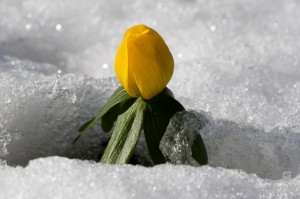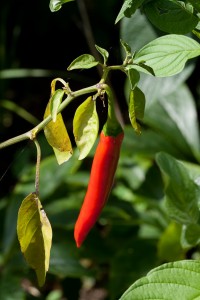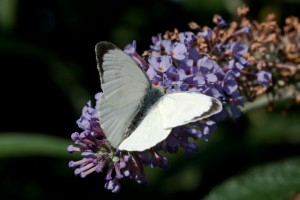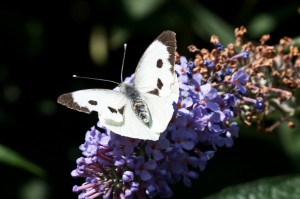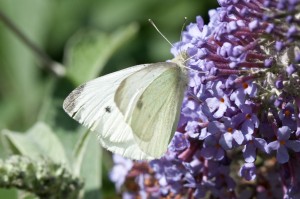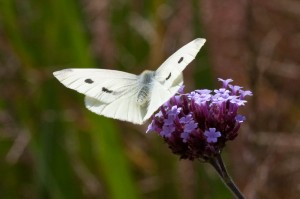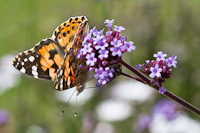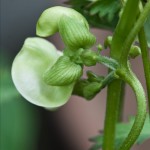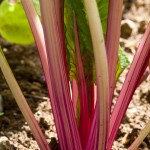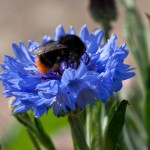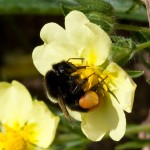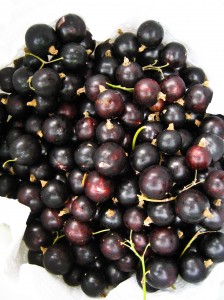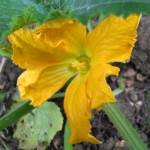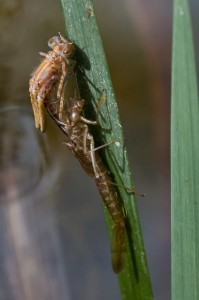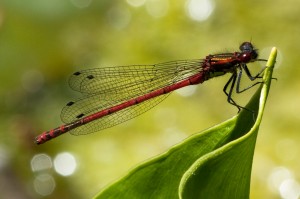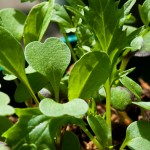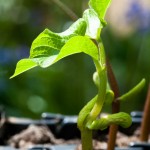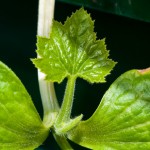When I was younger I remember watching Countryfile on a Sunday morning with my dad, not every week, but fairly often. It seemed to me to be full of information about farming, a bit about nature and the week’s weather forecast. Growing up in the suburbs, I lapped it up, it was my weekly dose of ‘The Country’.
They have moved it to a prime time slot on a Sunday evening – something relaxing before a hectic week at work perhaps. I have watched it for the last two weeks and have found it deeply disappointing, I don’t think I will bother to tune in next week. I may be viewing through age-misted glasses, but there seems to be a lot about tourism – last week we had the Cleveland Way and the North Yorkshire Moors Railway, this week it was kayaking and snow climbing around Nevis. Even these are only snapshots and in some cases seem to be poorly edited bits from other, perhaps longer, programmes.
There is very little of educational value, a small section from Adam on his farm, and an article from John Craven about some rural issue, but even these were only surface deep and didn’t tell me anything new. Most of the features would have been more likely to have featured on John Craven’s Newsround or Blue Peter 25 years ago, not Countryfile.
Something that I know has definitely changed in the last year is Gardener’s World. I have watched this most weeks for many years, my way of winding down and chilling on a Friday evening. Whilst I admit I was a fan of Monty Don (there is something incredibly soothing about his presentation style and his love of gardening was obvious) and that I am struggling to take to Toby Buckland, it is not the change of presenter that is causing me a problem. After all, Toby did present quite a lot last year along with Alys, Jo Swift and Carol Klein, and still I kept watching. This season though, it is dumbed down television at its worst. How to make an auricula theatre in 30 minutes, plant daffodils bought in flower from the garden centre and the dreadful and completely pointless what’s hot and what’s not section.
I know that they are trying to appeal to as many people as possible, but nearly everything is about starting something from scratch. Please don’t forget about those of us who already enjoy spending time in our garden, give us something new as well.
Is anyone else finding the latest BBC series a little dull and dumbed down, or am I on my own? At least Radio 4 remains an island of informative programming in a lowest common denominator world.
